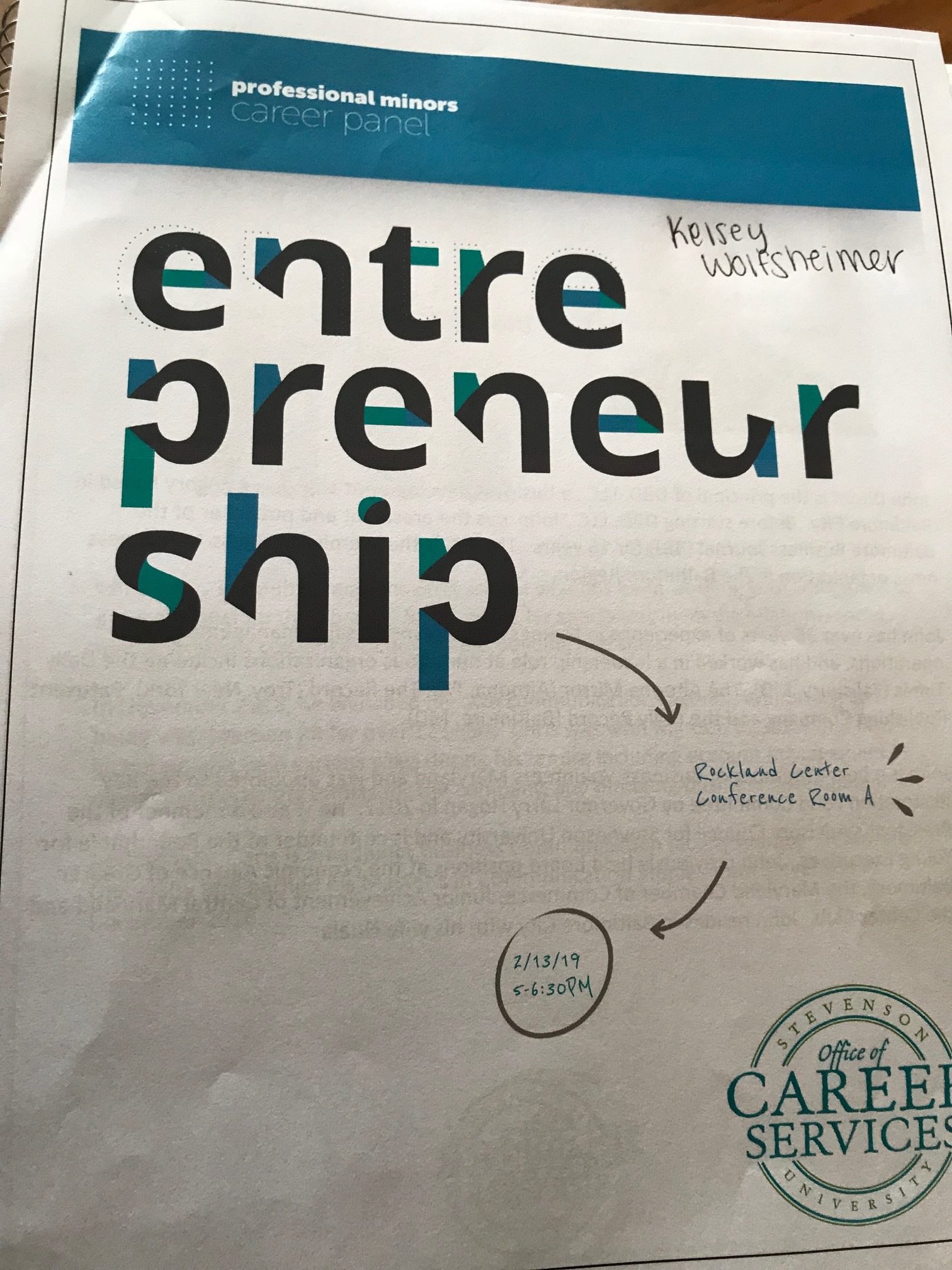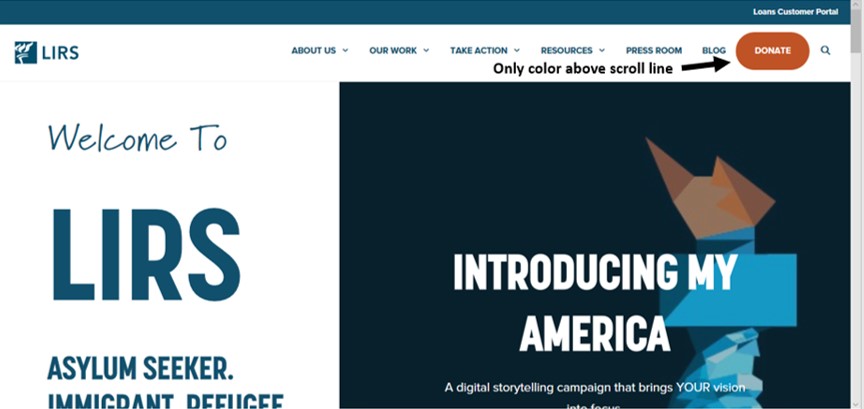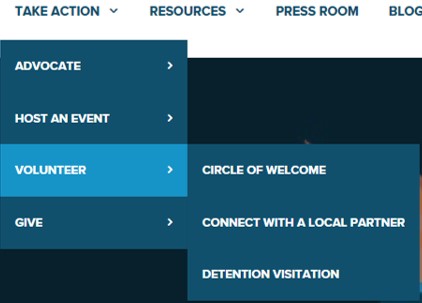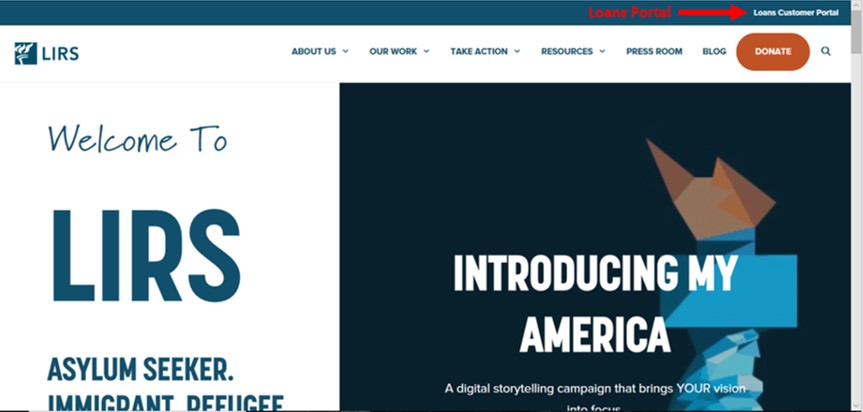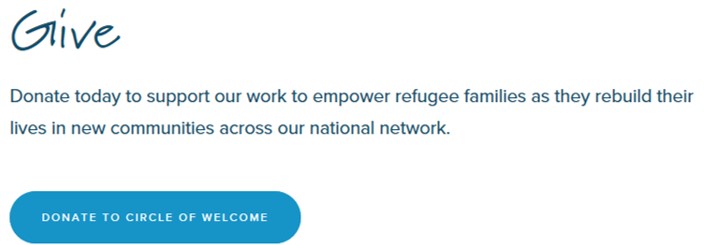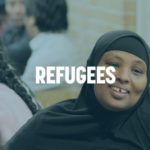Neither Hair Nor Their Podcast by Jess, Kelsey, and Yina
Proposal:
One of the first symbols that we encounter in Americanah are Ifemelu and Aunty Uju’s hair. After Aunty Uju moved to America, she began studying and tested for her medical license. When Ifemelu is in America staying with Aunty Uju and Dike, she brought in the envelope that contained Aunty Uju’s results for her medical test. Aunty Uju immediately says, “I have to take my braids out for my interviews and relax my hair. Kemi told me that I shouldn’t wear braids to the interview. If you have braids, they will think you are unprofessional” (Adichie 146). Ifemelu immediately questions that fact that there are no doctors with braided hair in America and Aunty Uju responds with “I have told you what they told me. You are in a country that is not your own. You do what you have to do if you want to succeed” (Adichie 146). Aunty Uju is a perfect example of someone coming to America and feeling pressured to change the way they look to fit an “American standard.” She was told if she wants to succeed and get her residency then she needs to change the way she looks to fit in.
Stereotypes and criticisms of black and African American women are also often are based around their hair. Natural Afro-textured hair is seen as “unprofessional” or “nappy” in many cultures, which is an opinion based in ethnocentrism. In a study completed by Whitney Bellinger of the University of Pittsburgh at Bradford, the opinions of several African American women were recorded as to explain why these women worked to have “good hair” (Bellinger 67). “Good hair” was defined as that which has been chemically treated to defy its natural texture. It was found that women who treated their hair reported changing their hair for convenience, better opportunities, and because that is how their mothers did their hair; but those that did not treat it did so based on racial pride (Bellinger 67). In Americanah, Aisha immediately assumes Ifemelu wants dark hair attachments and snidely asks why she does not relax her hair. This attitude of “fixing” natural hair, which is held by many people all over the world, even natural hair stylists, exemplifies the stereotyping and criticism African women face for having naturally kept hair. Our medium will display the criticism African women face and demonstrate the societal pressure put on them through gossip culture and peer pressure to change their hair. The platform we decided to use is a podcast that will be recorded and edited with the digital tool, Audacity. We are utilizing this medium because it is the best outlet to examine the culture of gossip and stereotypes relating to culture and hair. In our podcast we will “interview” Ifemelu and Aunty Uju from Americanah. A podcast is a modern way of presenting and analysing certain topics and people’s opinions on those topics, therefore this outlet will be beneficial in creating a medium for the “opinions” of these characters to be expressed on the topic of hair.
Citations:
Adichie, Chimamanda Ngozi. Americanah. 2013.
Bellinger, Whitney. Why African American Women Try to Obtain ‘Good Hair.’ University of Pittsburgh at Bradford
Podcast/Visual:
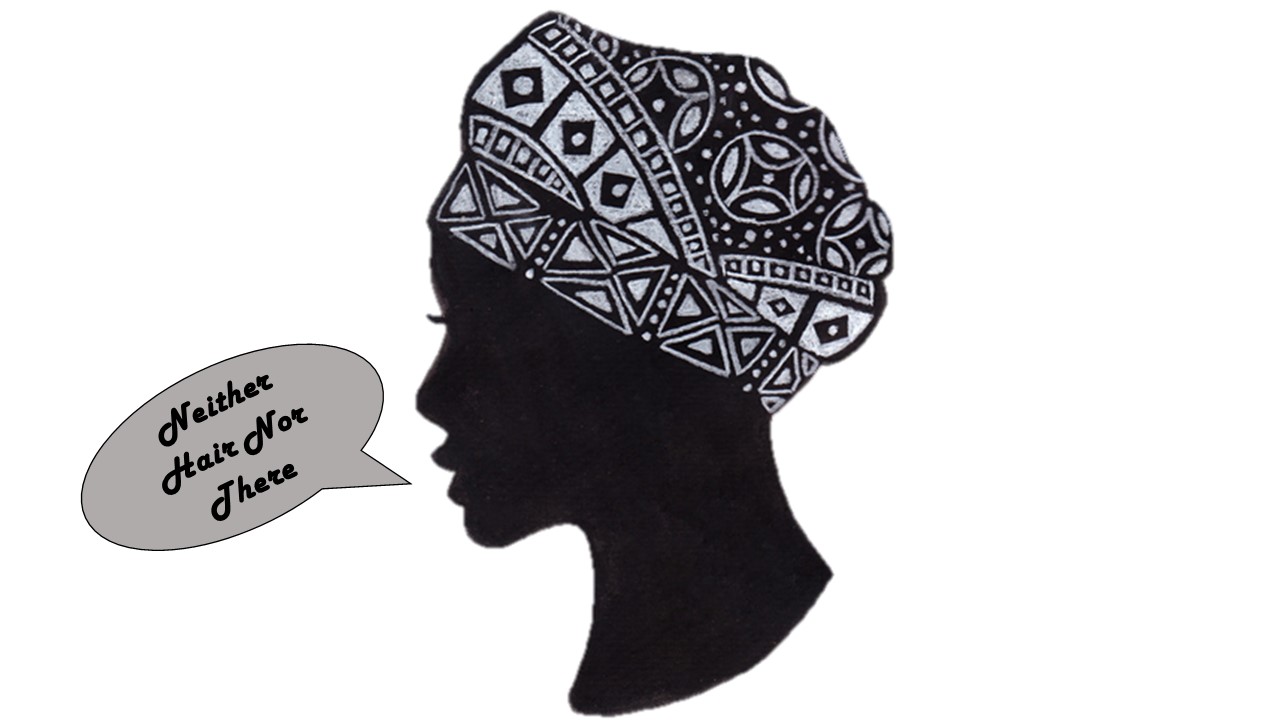
Full Length Podcast:
Shortened version of Podcast:
Script:
Introduction (Kelsey): Welcome back to the “Neither Hair Nor There,” podcast. I am Kelsey and today I am joined by two wonderful Nigerian ladies, Ifemelu and Aunty Uju. Today we will be talking about discrimination against hair that doesn’t fit the “American standard.” Did you hear about the incident last year, in 2018, where an 11-year-old black student at a private Roman Catholic school in Louisiana, was asked to leave class? On her first day of school the administrators told Faith her hair didn’t align with their school policy resulting in her spending a lot of money to change her hair. When she returned to school the administrators said her braided hair extensions still violated school rules. This incident came after C.J. Stanley, a black 6-year-old boy, was sent home on his first day of school because he had dreadlocks. This happened the week before Faith’s incident (Jacobs, ”Black Girl Sent Home From School Over Hair Extensions”). Both of these kids and their families were extremely upset and disappointed about these situations. What are your feelings on these stories about discrimination against hair?
Ifemelu (Yina): These are very unfortunate circumstances. I am angry and upset that these young children would have to go through this kind of discrimination. Since they are young, they are vulnerable to think that their culture does not align with American customs and society. Instead of punishing them for their hair, school officials and teachers should be encouraging these students to have whatever hairstyle because it is a form of self-expression.
Aunty Uju (Jess): I agree with Ifemelu, no child or person, black or white, should have to go through what these children had to go through. It is 2019 and we are talking about America, there should not be any discrimination still present. These children are allowed to change their hair if they feel like they need to do it, but they should not be forced to fit the American customs. Historically in America, hair has been a major factor in segregation. Certain hair types and styles appeared in culture as a divider between races. There is no longer segregation in America, and therefore discrimination based on hairstyle should no longer be ruled by anyone.
Kelsey: I agree, this is no way to raise our children in this country, we should be promoting individuality and not forcing everyone to be the same. Have you guys ever personally had a similar discriminatory experience?
Aunty Uju (Jess): Yes, I experienced a similar discriminatory experience after I passed my medical exams and began interviewing for residency. I was told that there are no doctors in America with braided hair and since you are in a country that is not your own, you need to do what you have to do to succeed. As soon as I found out I passed my medical exams, I immediately knew I had to take out my braids and relax my hair so I wasn’t considered “unprofessional (p.146) .”
Ifemelu (Yina): I also had a similar experience, however it was a voluntary practice. I had an important job interview and Aunty Uju and one of my friends convinced me that it would be better for me to straighten my natural hair (p.250).
Kelsey: Wow, that is very unfortunate. I am so sorry you guys had to go through those experiences. What resulted from those experiences? Did you change your hair when you felt pressured to?
Aunty Uju (Jess): I had to. Life had been made hard enough by having to prepare and pass all of my medical exams over again, I needed to do what I had to do to get into my residency. I was already facing an uphill battle and since my hair is something I could easily fix, I did it (p.146).
Kelsey: What about you Ifemelu? Did you change your hair?
Ifemelu (Yina): I did change my hair. I bought relaxer but it barely did anything to my afro. I followed it up by going to a professional hairdresser and she put more relaxer on. That time it burned my scalp. I remember that after that whole process, the hairdresser complimented me on my newly straightened hair and I will never forget her words. She said that my hair had a “white-girl swing” to it (p.251). When I left the salon, I felt sad because a part of myself was killed by those chemicals. That part of my identity was gone. However, I ended up doing very well with my job interview but I wonder if it was because my hair was straight and not in its God-given halo of hair.
Kelsey: From what I have read from your blogs, Ifemelu, it seems like you have been through a lot with your hair. What do you personally consider to be “good hair?”
Ifemelu (Yina): I personally consider “good hair” to be natural. Hair that has only been touched by natural products and worked with using natural methods. But I also believe that “good hair” should be defined by what an individual is confident in. For example, if a woman is more confident in straightening her hair, then more power to her.
Kelsey: What are some hair care recommendations you have for our listeners who have the same type of hair like you?
Ifemelu (Yina); After my incident with relaxers and burning my scalp, I realized that I would rather be in my natural hair. One of my favorite products is the Hair Now Now Hair serum that revitalizes your scalp, repairs any damages, and makes your natural hair longer and smoother. The second product I use is Dr. Miracles Feel It formula that can be used for relaxed, braided or natural afro hair. It builds the scalps and hair roots, helping you grow strong, shiny and longer hair. My favorite and easiest thing to do is sleep in a silk wrap.
Aunty Uju (Jess): I use many products, and wear silk wraps when I sleep. Since I am older than Ifem, I use Afrodragon, an oil that grows your hair quickly and is highly effective against receding hairlines and balding heads. Since I relax my hair, I also use is Shea Butter/Ori which moisturizes the hair and prevents hair breakage. It also has anti-inflammatory properties, reduces scalp irritation and heals the hair.
Kelsey: Thank you guys for being a part of the podcast, hopefully we can do this again soon!
Ifemelu (Yina): It was a pleasure to talk to you about this!
Aunty Uju (Jess): Thank you for having us!
Kelsey: If you liked our podcast today make sure to share it. Tune in next week for an interview with the hair stylist, Aisha, for her tips and tricks on how to style Nigerian hair.
Bibliography:
Bellinger, Whitney. Why African American Women Try to Obtain ‘Good Hair.’ University of Pittsburgh at Bradford
Stereotypes and criticisms of black and African American women are also often are based around their hair. Natural Afro-textured hair is seen as “unprofessional” or “nappy” in many cultures, which is an opinion based in ethnocentrism. In this study, completed by Whitney Bellinger of the University of Pittsburgh at Bradford, the opinions of several African American women were recorded as to explain why these women worked to have “good hair”. “Good hair” was defined as that which has been chemically treated to defy its natural texture. It was found that women who treated their hair reported changing their hair for convenience, better opportunities, and because that is how their mothers did their hair; but those that did not treat it did so based on racial pride.
The data in collected in this study was recorded from several participants that were African American women and a few women of other cultures and backgrounds. This was done through surveying using open ended questions. This data, as it is opinion, is qualitative. There seems to be no bias, as the surveyor asks the same open ended questions to each individual and presents and analyses the responses. This study will be used to help us base our questions and responses on proper information as well as inspire our podcast’s interview questions.
Caldwell, Paulette M. “A Hair Piece: Perspectives on the intersection of race and gender.” Duke Law Journal. 1991. https://scholarship.law.duke.edu/cgi/viewcontent.cgi?article=3147&context=dlj
This article is about a woman’s perspective on the intersection of race and gender. In this piece, the woman recounts specific events when she has either witnessed or have learned about discrimination because of a woman’s braided hair. The woman, Paulette M. Caldwell, who is a law professor at New York University, recounts experiences of discrimination within her law career and when there have been specific instances in law cases where hair discrimination is shown. She continues on in the article about hair is a form of self-expression, specifically for black women because it reflects a “crossover” from the world of segregation and colonization to the mainstream of American life. This article is credible because it is in Caldwell’s point of view and she writes about her experiences as well as discrimination that is written in history through court cases. We are using this article to further explain discrimination in society.
Jacobs, Julia, and Dan Levin. “Black Girl Sent Home From School Over Hair Extensions.” The New York Times, The New York Times, 22 Aug. 2018, www.nytimes.com/2018/08/21/us/black-student-extensions-louisiana.html.
Discrimination still exists in our country. The most recent cases of discrimination have been against African Americans for how they wear their hair. Just last year, in 2018, Faith, an 11-year-old black student at a private Roman Catholic school in Louisiana, was asked to leave class. The first day of school the administrators told Faith her hair didn’t align with school policy resulting in her spending a lot of money to change her hair. When she returned to school the administrators at the school said her braided hair extensions still violated school rules. This incident came after C.J. Stanley, a black 6-year-old, was sent home on his first day of school because he had dreadlocks, the week before Faith’s incident. Both of these kids and their families were extremely upset and disappointed about the situation. The kids don’t even understand why they aren’t allowed to come back to school until they change how they look. This article was found on the New York Times. The New York Times is a left center publication. In the article there doesn’t appear to be any bias, since it is just stating facts using unbiased statements like “asked to leave” and “turned away,” referring to the administrators making these students leave. If this article was biased they could have used different word phrases like “demanding they leave” and “yelled at.” We used this article to be the introduction in our podcast. We start the podcast by introducing this recent case of discrimination which is the bridge into a question and answer session with Ifemelu and Aunty Uju.
Peed, Mike. “Realities of Race.” The New York Times, The New York Times, 19 Oct. 2018, www.nytimes.com/2013/06/09/books/review/americanah-by-chimamanda-ngozi-adichie.html.
This article was found on the New York Times, which is a left center publication and showed no signs of political bias in the article. This article evaluated the book Americanah, so it was more of an opinion piece. The author of the article, Peed, gives a quick summary of the book Americanah and gives his interpretation of some of the major themes in the book. Peed thinks Adichie did a great job creating a worldly and geographically precise, as well as a hugely empathetic novel. He points out that the main question in the book is what is the difference between an African American and an American African. Peed gathers from Adichie’s novel that an African American is a black person with several generations before them living in the United States and is pleased that they are from a country that gives international aid rather than receiving it. An American African is an African newly emigrated to the United States, where in their country they didn’t realize they were black but in America that is the only Adichie uses some of her personal experiences and has one of the main characters, Ifemelu, embody the experiences. Peed thinks Obinze fails in England since he was deported but thinks Ifemelu thrives in America because she was seeking authenticity. Peed notes that one of the most important moments for Ifemelu in America is when she refusing to straighten her hair even if that meant she would receive rude comments from the natives. We used this last point from Peed about Ifemelu refusing to straighten her hair in America to develop our topic of discrimination against hair in America.
Walton, Nikki. “About Me.” Natural Hair Care | Curly Nikki, My Hair Story, 11 Oct. 2008, www.curlynikki.com/2008/10/my-hair-story-pt1.html.
The webpage CurlyNikki.com is a blog created by Nikki Walton, a black woman from the United States who grew up with insecurity issues due to her hair. She grew up with family that took proper care of her hair, but as she rose to adolescence, she began to have an obsession with straight hair. During her college years, Nikki had to leave her hair natural often as she did not have as much time or ability to straighten it. She began to have an intense struggle with her hair and self-esteem. Eventually, Nikki began to find some comfort and confidence in her natural styles and even looked to online blogs about natural curly hair to learn how to care for her hair and accept it.
Nikki created her blog as to create a safe place for other women and girls like her to find tips for haircare and acceptance. Nikki and her work have been featured on dozens of talk shows and articles. She has become an inspiration to those facing issues with their hair and self-confidence. Her stories and work have inspired hundreds of other women to tell their stories of haircare successes and issues. This is why her blog is an important resource for women and the acceptance of themselves in a culture where they may be pressured to feel otherwise. This blog was used in our project as a baseline of information on black women’s experiences with their hair. This source gave us information on current trends, feelings, and styles of black women’s hair.


